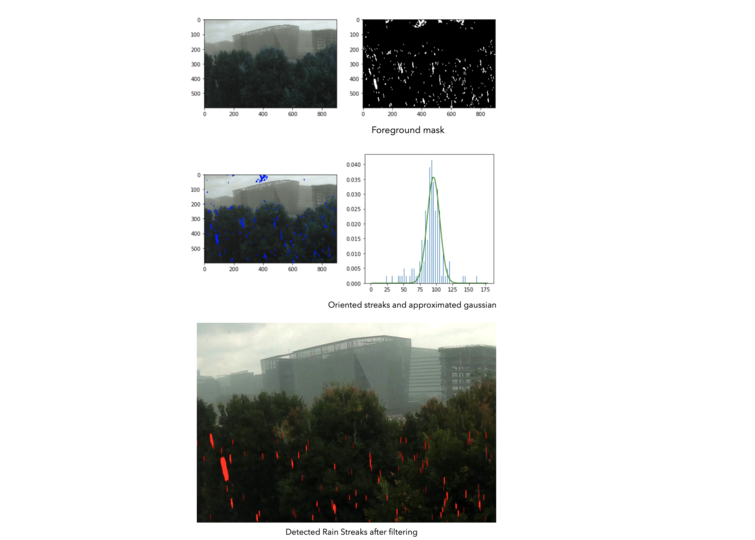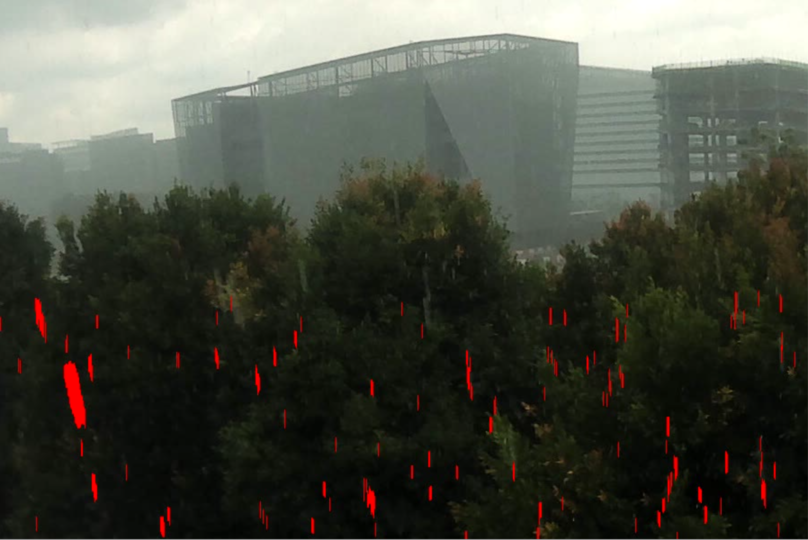Technologies
Discover, Connect & Collaborate at TECHINNOVATION 2021
Rainfall Classification Using CCTV Cameras
Technology Overview
This technology offer is a CCTV camera-based system that can classify rainfall intensity in real-time. Rainfall in the tropics is very intense and highly localized, and can lead to flashfloods. Traditional rainfall monitoring networks are too sparse and therefore unable to support real-time decision making for stakeholders (traffic control, construction sites, event organisers, etc.) in affected areas. CCTV camera footage offers the potential of a much more localized real-time advisory because many urban areas have dense networks of such cameras. However, a few challenges remain:
- Computer vision algorithms need optimisation to convert the rainfall detected by cameras into an appropriate rainfall intensity classification;
- Scalability of algorithms (different backgrounds, day/night conditions) needs to be thoroughly investigated;
- Robust designs of the IoT framework and cloud computing so that a low-cost solution can be offered.
Technology Features, Specifications and Advantages
The innovative aspects of this technology offer are the use of computer vision and machine learning, as well as the use of IoT-enabled CCTV cameras for rainfall intensity classification. Improvement compared to the current state-of-the-art are: more localised rainfall measurements, allowing for more localised rainfall advisory for relevant stakeholders than possible with current technology. A major advantage is that the technology does not require the installation of a new set of equipment; it makes use of existing network of CCTV cameras.
Potential Applications
- Outdoor event organisers or participants where accurate real-time rainfall information is a major driver in the event performance or delivery (marathon, Formula 1, etc.)
- Automated traffic control, blocking roads, imposing speed limits, etc., based on localized rainfall information.
- Detailed on-the-ground information for air traffic control and pilots departing or landing in heavy rain conditions.
- More accurate rainfall data feeds for hydrological assessments, e.g., in relation to climate adaptation studies, drainage design, and master planning.
Customer Benefit
The main benefit is that the end users have much more precise information for the exact location they need it for. Rainfall in tropical areas varies so much that even information from a couple of hundred meters away may not be accurate. At the same time, important real-time decisions depend on such data. For example, for traffic control, providing the right advisories may prevent fatal accidents. In the Formula 1 races, winning or losing a race may depend on the right choice of tires which depends in large part on whether the track is wet or dry.

